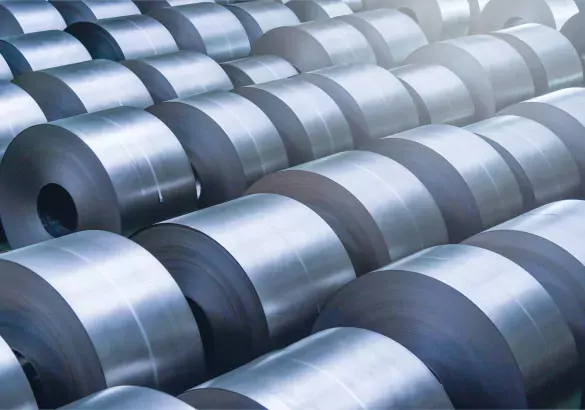Sludge treatment
Sludge treatment applications
Sludge is a mixture of solids and water. It is generated as a by-product of wastewater treatment and requires further treatment before reuse or disposal. In recent years, sludge is increasingly viewed as a resource rather than a waste stream, due to its potential for nutrient recovery and energy generation. The choice of sludge treatment and disposal route depends on the volumes generated and other site-specific conditions. At Lhoist, we offer a range of products for sludge treatment to meet the requirements for various disposal routes and to enable nutrient recovery.
Neutralac®, our brand for waste water and sludges

Thickening/Dewatering
Typically, sludge is thickened and dewatered to reduce the volume transported off-site for disposal. Lime treatment improves the effectiveness of dewatering, resulting in higher dry solids content and better handleability of the sludge.
Drying
A further reduction of the sludge volume is possible by evaporating the remaining bound water. Lime reagents facilitate the drying process, resulting in lower energy costs.
Stabilization
Stabilization is a chemical or biological process that minimizes biological reactions in the sludge.
Lime can stabilize municipal and industrial sludge before agricultural re-use or incineration at a low capital cost compared to alternative biological and thermal methods. Lime makes sludge easier to handle, prevents fermentation, limits odours, reduces pathogens, and maintains metals in an insoluble form. It also enriches the sludge with calcium and magnesium, both of which are particularly beneficial for agricultural reuse.
Nutrient recovery
Several countries are implementing legislation for phosphorus recovery from sewage sludge. The main drivers are limited phosphate rock availability and environmental concerns. Phosphate can be recovered from sludge liquor, digested sludge, and incinerated sludge ashes. Lime-based reagents can be used to recover phosphate in various forms. At Lhoist, we offer tailored lime products targeting process efficiency and high recovery rates for different phosphorus recovery technologies.










